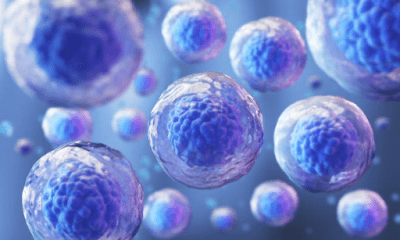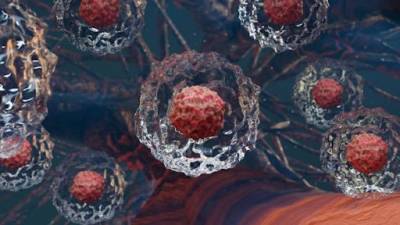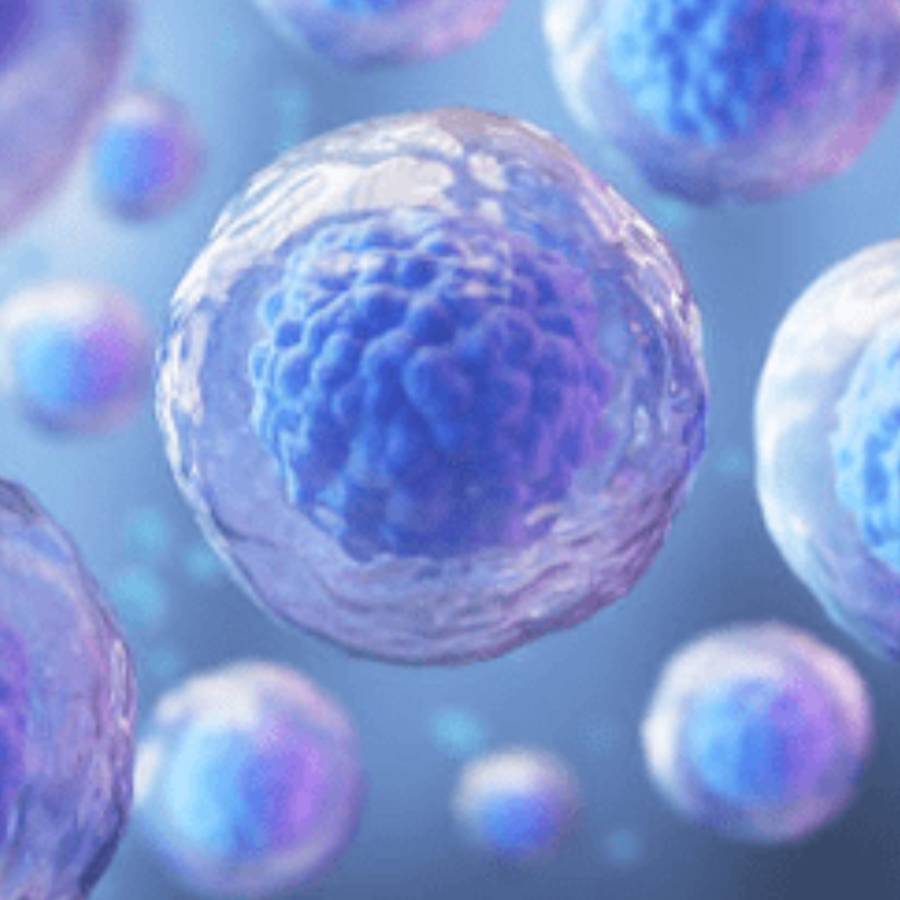What Are Stem Cells?
Stem cells are undifferentiated cells. This means they can divide many times to produce offspring cells. They are great for potential uses in medicine. They’re used for treating patients with currently untreatable conditions, growing organs and medical research. They work by turning into many types of cells used for treating and understanding diseases.

History of Stem Cells
There have been many years of research on stem cells and therapy. It first began in 1992, when the first-ever stem cell bank was established in the US. In 1995, umbilical cord stem cells were introduced in stem cell therapy with bone marrow stem cells. In 1998, the biologist James Alexander Thomson discovered human embryonic stem cells. He also in 2007 discovered the method of pluripotent stem cells. In 2004, Gesine Koegler and colleagues found there were pluripotent stem cells in the umbilical cord blood. Lastly, in 2012, Shinya Yamanaka and John Gurdon were awarded the Nobel Prize for discovering that mature cells can be converted to stem cells, manipulating them to become pluripotent.

Ethics and Stem Cells
It may seem that this groundbreaking stem cell therapy could change medicine in the best way possible; however, some issues come with this. Starting, concerns may arise, such as: is it right to create and destroy embryos in the therapy process? At what stage should the embryo be treated as a future life? Finally, some believe that life starts at conception and we should not destroy it.

Latest Stem Cell Research
Recent research was conducted on the treatment of lung diseases using stem cell therapy.
- Method. The report studies the therapeutic effects of differentiated lung cells from embryonic stem cells. The use of embryonic stem cells replaces the damaged epithelial and endothelial cells.
- Results. The progress of using embryonic stem cells was more time-consuming for lung regeneration because the differentiation of lung cells from embryonic stem cells is more complex compared to the differentiation of other cells.
- Conclusion. The embryonic stem cells have the potential to differentiate into cell types (including lung epithelial cells). So they can be a potential source for new cell therapies for hereditary or acquired diseases of the airways and lungs. So, they can be a potential source of new cell therapies for hereditary or acquired diseases of the airways and lungs.

This article was written by Stemette Aisha S.






